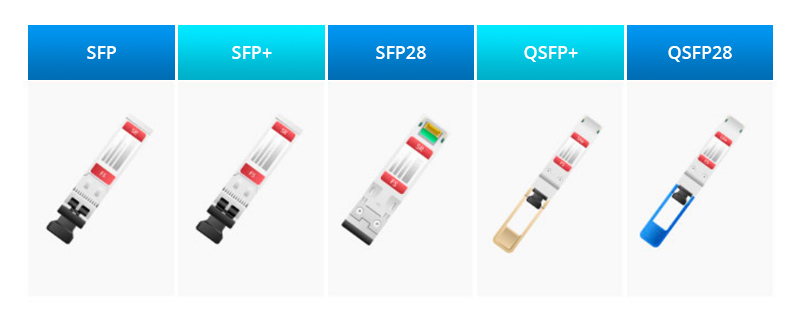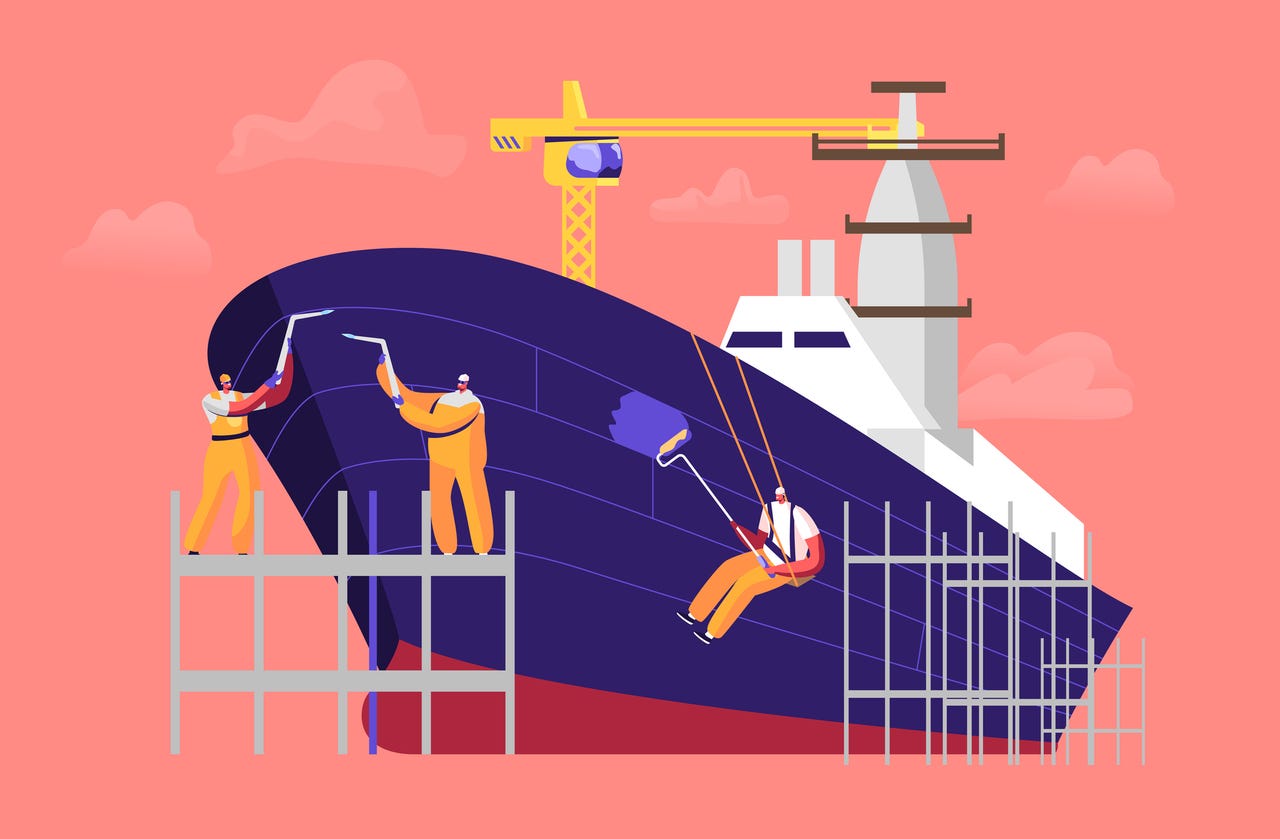































 iStock/Getty Images Plus
iStock/Getty Images Plus The discipline title of naval architecture and marine engineering (NAME) may only be a couple of hundred years old, but the origins date back thousands of years to ancient civilizations where humans were building boats to explore and carry out commerce. Various people, including Archimedes, Bouguer, and Chapman, have formalized the theories, science, and methods of the concepts of buoyancy, stability, and ship design.
NAME is a professional engineering discipline that covers the design, build, testing, surveying, maintenance, and operations of marine vessels and structures. I graduated from the US Coast Guard Academy with a bachelor's degree in naval architecture and marine engineering, as well as earning my master's at UC Berkeley. For the past 22 years, I have been working as a naval architect for a private marine consulting firm, working on the designs of passenger ferries, oceanographic research vessels, barges, and other vessels.
Matt Miller has been a naval architect for 22 years.
Matt Miller/Designs include something as basic as a floating dock all of the way to complex 1,200-foot cruise ships and aircraft carriers serving as small towns on the open ocean. Professionals in this discipline also design offshore wind platforms, submarines, container ships, autonomous vessels, and just about any marine craft that operates on or under the water.
Also: How to use ChatGPT to write code
The surge of generative AI can harness tremendous potential for the engineering realm. It can also come with its challenges, as enterprises and engineers alike figure out the impact of AI on their roles, business strategies, data, solutions, and product development. What does the future roadmap look like for bringing generative AI into the software fold? decodes from all angles.
Read nowWhile the current generation of naval architects, including myself, may have drawn ship's lines by hand with pencils, splines, and ducks in their college courses, current design processes include advanced computer applications that incorporate machine learning.
The lines of a vessel provide the hull form that is used to evaluate the design and build of the vessel. At the time when pencils and splines were used, the lines were developed through trial and error as smoothness was evaluated visually and sheets of paper were strewn with eraser fragments. There is software today that aids in hull lines development instantly and builds on algorithms developed through historical data collection and validation.
Modern computing power provides engineers with the ability to test variables and evaluate their effectiveness in seconds where it consumed hours or days in the past. Much of this capability is built upon formulas and science that have existed for hundreds of years. Software also incorporates regulations that have minimum criteria that must be satisfied to meet safety standards.
It is often said that the marine industry is slow to adopt new technology, but if you enter a modern shipyard or engineering design firm you will see the regular use of 3D modeling, computational fluid dynamics, finite element analysis, and robotics manufacturing so that belief is no longer accurate. Now it is time to consider advanced tools that are available in the form of machine learning and AI.
Advanced software packages used by naval architects and marine engineers today have greatly increased the efficiency and accuracy of design development. Some of these tools are perfect for the incorporation of machine learning and AI. For example, computational fluid dynamics (CFD) is used to model the fluids the vessel travels in using primarily Navier-Stokes equations.
Thanks to modern computing power, these calculations can be performed to evaluate physical phenomena, but even with today's computers, these simulations require high-powered computers and lots of time running the simulations. Tow tanks are still used today to evaluate and measure hull form performance, but thanks to CFD we can perform "virtual" tow tank sessions and develop optimized hull forms. These can then be further tested in a tow tank for verification or even built without tow tank testing. Machine learning can reduce the time needed to run these simulations, saving money for the client while also reducing possible errors.
Also: How to use ChatGPT to create an app
One of the primary limitations on moving beyond basic machine learning algorithms to using artificial intelligence for marine vessel design is the limited, and proprietary, data sets available to the system. In order for AI to be successful, extensive amounts of data are needed for the AI system to pull from and build valid responses to queries. Without a robust data set, results from AI will not be useful for this engineering discipline. My company recognized that harvesting and using the data collected over many years is vital to reducing errors and improving designs so there are initiatives underway to collate and use the data in future designs.
As a naval architect, Matt Miller designs passenger ferries and a variety of other vessels.
Matt Miller/There are indeed some areas of the naval architecture and marine engineering discipline with extensive data sets that can, and are, being used for improving designs. These include ocean wave and current measurements, ship maneuvering records, and marine equipment performance logs. Although there is a massive amount of data available for these types of activities they are often maintained by government agencies, operators, and equipment manufacturers. There are no global data sets readily available that could benefit all interested parties.
Vessel design data is particularly limited from being useful today for many reasons. These include private or government funding for designs where the data is restricted to the owner's use, specialized vessel designs where the number of vessels of a certain type is limited, and limited funding needed to collect, validate, and provide the available data for practical use.
Austal, an Australian-based vessel designer, revealed some details of its DeepMorpher tool that uses AI and machine learning to optimize ship hull forms. The Austal press release describes the use of high-performance computing for reducing the time to perform CFD, along with its data set of 3D ship hull designs. Austal has a large library of hull forms that were used to test and verify that DeepMorpher outperforms other current models by several orders of magnitude.
The limitations on proprietary data may be addressed in the future if the data can be certified as remaining anonymous and there are measurable benefits to the owner for providing access to their data. Some design decisions, such as the general arrangements that are designed for a particular use case or client need, can remain proprietary.
However, many other design decisions are made to satisfy mathematical certainty or regulatory requirements that are applicable across all designs. If an owner, including a government agency, will see improvements and efficiencies in the design through the use of the data and AI systems then they may be more amenable to providing the data set.
Also: I'm using ChatGPT to help me fix code faster, but at what cost?
There isn't much that can be done to design larger numbers of unique vessels, but there may be aspects of the data that are common to other vessel designs so that the data could be mined for use. It takes time and money to validate the data and check it for removing unique aspects so once again cost is a factor in making the data "clean" for more general use.
Naval architect Matt Miller works inside a vessel.
Matt Miller/Naval architecture and marine engineering is an interesting field of engineering that requires the design of the hull form, internal structure, power generation, power distribution, interior design, living and working arrangements, ergonomics, and more that result in a floating platform that sustains life and aids the crew in carrying out the work of the platform.
Designs of all spaces and systems take considerable time and include addressing the needs of many parties so design errors can happen. One way that AI can be used to reduce errors, ensure regulatory compliance is achieved, address all ergonomic desires, and develop designs that "work" is in electrical system and equipment design and layouts.
An aerial view of a shipyard with a crane machine and container ship on the sea.
Anucha Sirivisansuwan/Getty ImagesToday's modern ships have extensive electric and control systems with computers used throughout the ships and new all-electric and hybrid ferries requiring advanced control and monitoring systems. AI can help identify and resolve conflicts in these systems during the design phase at a faster rate than humans and potentially with fewer oversight errors.
Nearly 90% of traded goods are carried over the water and millions of people are moved around the world on ferries and other passenger vessels. People are in high demand in the marine industry with many scheduled vessel sailings being delayed or canceled due to limited qualified crew. There are only a few colleges in the US that offer degrees in naval architecture and marine engineering so finding available qualified individuals to help move the industry forward with machine learning and AI technologies is difficult.
The human staffing problem could be addressed with robust AI technology, but there is currently a chicken-and-egg situation. Given the multiple vessel contracts that are typically found with government projects, the more open nature of designs (as long as they do not have security limitations), and the funding available for research and development then it seems that pursuing AI technology is possible with entities like the US Coast Guard or US Navy.
A US Navy aircraft carrier in Norfolk, Virginia.
serengeti130/Getty ImagesThe US Navy is a large organization with fleets of similar vessels so this organization is a perfect fit for AI and machine learning. Task Force Hopper launched in 2021 to accelerate AI across the Navy surface fleet, primarily focused on operations. However, with the massive amount of data available and the series of vessel designs, AI is likely to be applied in the future to vessel design efforts.
 Etiquetas calientes:
Inteligencia Artificial
innovación
Etiquetas calientes:
Inteligencia Artificial
innovación